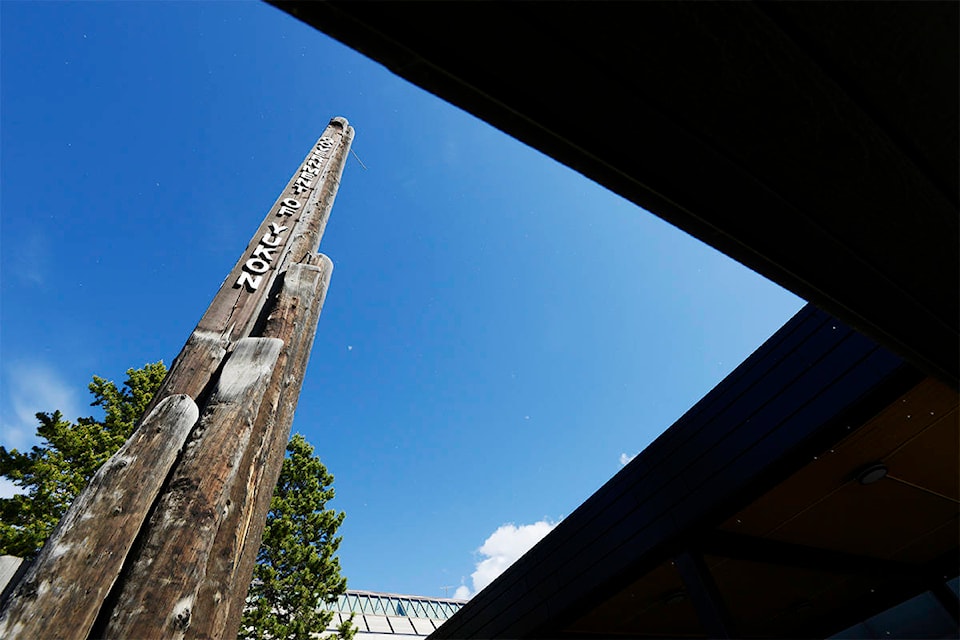Mining for coal and minerals is now prohibited in some First Nations settlement lands.
The move deals with Settlement B lands, where First Nations own surface rights and the Yukon government has control of what’s beneath.
The change means that 280 square-kilometres is off limits to staking, representing less than 0.1 per cent of the Yukon’s total land mass, said Nathan Millar, senior negotiator at strategic alliances, a branch of the Department of Energy, Mines and Resources.
“They are areas of high cultural, heritage value, areas of current and historical use, “ he said. “These values are deemed incompatible with mining. It was done, really, to provide certainty and clarity around land use and to address and minimize potential land-use conflicts.”
Cultural values tend to fall under what an order in council calls “site-specific lands.” Millar said these include special interests like cabins, fish and hunting camps — heritage resources located outside communities.
There are also community lands, or lands within parameters of residential areas. The order in council also covers fee-simple parcels.
The change circles back to final agreement negotiations, said Millar, noting that these parcels were selected by First Nations then.
The driver behind this move stems from a recommendation that’s part of the mining memorandum of understanding that was signed in 2017. It was inked by the Yukon government, the Council of Yukon First Nations and the 11 First Nations with final agreements.
Samson Hartland, the executive director of the Yukon Chamber of Mines, declined to comment.
According to the Whitehorse Star, Hartland said recently that the chamber is in the process of determining the legality of such a change.
Millar said the department reached out to the chamber “years ago” and followed up last week when the change took effect.
“It wasn’t a surprise to them,” he said.
“We’re talking about a really small change in terms of land available for mining and staking. These changes don’t reflect any change in government’s commitment to the mineral industry. Mining remains a very high priority and an industry that this government really supports.”
No one from Kwanlin Dün First Nation was immediately available for comment. Simon Mervyn, chief of Na-cho Nyak Dun First Nation, wasn’t either.
Contact Julien Gignac at julien.gignac@yukon-news.com
